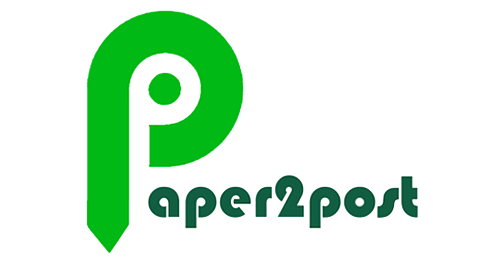- Suggested keywords :
- information(5)
- Maya(1)
- Basel(4)
- grain(2)
- localization(1)
List of Categories and SubCategories
Change Your Picture

Blockchain: A Misunderstood Digital Revolution. Things You Need To Know About Blockchain
JOHN TASKINSOY
VIEWS
1493
INFO
more

- Category : Business
- Size : 1207120
- By : JOHN TASKINSOY



Using Your Google Account
Google Login/Sign up
OR
Recover Your Password
Abstract
Blockchain and distributed ledger technology (DLT) are used interchangeably. In the aftermath of the 2008 global financial crisis, Bitcoin gave birth to blockchain, or vice versa. A decade has passed since the launch of the first successful cryptocurrency in January 2009 by a mysterious creator under the alias Satoshi Nakamoto. Now along with Bitcoin, 2,915 altcoins are trading with a combined market cap of $222 billion, Bitcoin’s market cap alone is $150 billion (67.6% of the market). Blockchain’s potential is much bigger than Bitcoin; if regulatory uncertainty alleviates, the blockchain’s value can easily increase by hundred-fold to $3 to $4 trillion dollars by 2030. Although financial sector leads blockchain adoption, blockchain’s opportunities in non-financial sectors are immense. In the simplest terms, blockchain is a distributed ledger made up of two parts, blocks containing of data and a chain that holds them together. Blocks are like storage units that store anything of value related to minting coins (i.e. Bitcoin) via a mining process and keeps a chronology of transactions (e-commerce); chain can be metaphorically viewed as a string that holds all the blocks together, created using a consensus algorithm based on proof-of-work (PoW) or proof-of-stake (PoS). Blockchains are often organized into three most common forms; as such, public blockchain (purely peer-to-peer, decentralized and permissionless; any miner (i.e. node) at any time can access the network to add, verify or validate data without restrictions), private blockchain (permissioned, it is controlled by a central authority which grants permission to pre-selected people who can add and verify records), and consortium blockchain (also formed as permissioned, a group of nodes governs all transactions). It is true that blockchain provides anonymity making identities of its users pseudonymous; but contrary to popular belief, blockchain will not possibly solve all our problems and a permissionless blockchain will not guarantee complete privacy since all transactions become visible to all nodes of the network.
Recommended Papers































